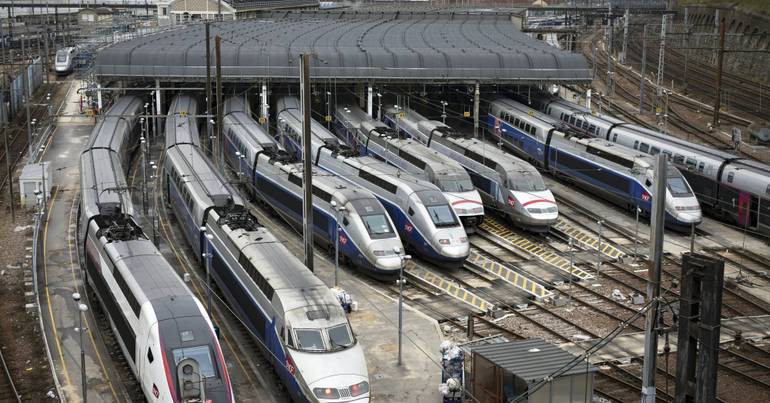

In a recent development concerning the proposed High-Speed Rail (TGV) project intended to enhance connectivity between Porto and Lisbon, Pedro Baganha, a prominent council member of Porto, spoke about the ongoing considerations surrounding the project’s infrastructure. In lieu of the initial plan for a bridge with dual-deck design, discussions have steered towards a more segmented approach involving the construction of two separate bridges. This discussion arises as planners aim to find optimal solutions to balance technical feasibility with aesthetic integration into the cityscape’s rich historical and cultural context.
Engaging local authorities and community stakeholders, this vital project holds significant importance for Porto, which stands to benefit from improved logistical links to Lisbon, facilitating economic growth and commuter convenience. The idea under consideration prioritizes creating a low-altitude bridge paired with a high-altitude one, mirroring the multifaceted nature of urban development and the diverse geographic elevation found within the region.
Pedro Baganha remarked on the matter, explaining that while the council does not officially endorse any specific alternative at this time, the proposal of two separate bridges might present a preferable option. This approach aims to mitigate the structural challenges posed by a dual-purpose bridge, allowing for more refined urban planning and architectural harmony.
The city council is in the midst of rigorous discussions, assessing the technological and environmental impacts appropriately. This stage of the decision-making process reflects a broader initiative to implement infrastructural projects which do not only aim for functional enhancements but also respect environmental considerations and community sentiments. Both bridges’ envisioned purposes and designs are being tested against criteria such as resilience, sustainability, and aesthetic compatibility, with authorities keen to avoid altering Porto’s riverside’s iconic silhouette.
As conversations progress, the emphasis on transparency and collaborative dialogue remains at the forefront. City officials, recognizing the critical nature of clear communication and public involvement, are committed to keeping citizens informed and involved throughout the planning and implementation phases.
This project promises to be a milestone in Portugal’s modern transport endeavors, indicative of the country’s strides towards building a future-oriented transit system. With careful attention paid to the heritage considerations of Porto’s landscape, the initiative is poised to seamlessly embed advanced connectivity solutions into its historical fabric.
In conclusion, while no definitive decisions have been reached, the prospect of two distinct bridge constructions could offer a promising pathway to reconcile contemporary transport needs with Porto’s traditionalist charm. This initiative stands as a testament to disciplined urban planning, marked by an inspiring blend of innovation, respect for historiography, and community-engaged governance.
Source: {link}
